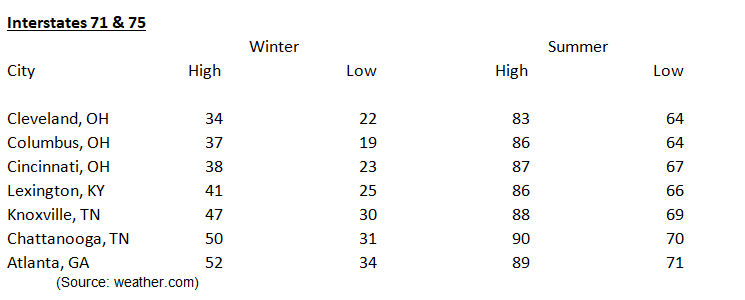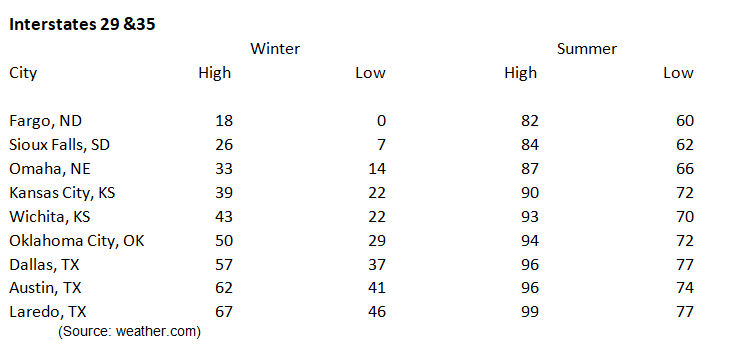Perspective on Limiting Global Warming to 2 Degrees
- By:
- Edward A. Reid Jr.
- Posted On:
- Dec 5, 2017 at 7:01 AM
- Category
- Climate Change
The often stated “goal” of the UNFCCC (United Nations Framework Convention on Climate Change) is to limit global warming to 2oC (3.6oF) above pre-industrial levels; and, preferably to 1.5oC (2.7oF) above pre-industrial levels. The near-surface temperature records suggest that ~1oC (1.8oF) of this warming has already occurred, leaving just 0.5-1oC (0.9-1.8oF) until the “goal” is reached. The Paris Accord was touted as the last, best hope to keep global temperatures within the 2oC goal. However, the UNFCCC has recently acknowledged that achieving the emissions reductions pledged under the Accord would be inadequate to avoid exceeding the 2oC “goal”, no less the 1.5oC preferred “goal”.
It is generally acknowledged that most of the global warming in the industrial era has manifested as milder winters and warmer nights, rather than as hotter summers. Therefore, a look at typical winter temperatures today, with the existing 1oC (1.8oF) warming and in a 1oC (1.8oF) warmer future can provide some perspective on this potential future, warmer world.
A trip down Interstates 71 and 75, from Cleveland, Ohio to Atlanta, Georgia provides one example.

The average difference between the winter high temperatures in these cities is 3oF, city to city, or 40% greater than the potential future warming “goal” envisioned by the UNFCCC. Essentially, each city on the list would have an average winter high temperature slightly cooler than the city below it on the list. The average difference between the winter low temperatures in these cities is 2oF, city to city. Interestingly, the average difference between the summer high temperatures and between the summer low temperatures is 1oF, city to city.
A trip down Interstates 29 and 35, from Fargo, North Dakota to Laredo, Texas provides another example.

The average difference between the winter high temperatures in these cities is ~6oF, city to city, or 200% greater than the potential future warming “goal” envisioned by the UNFCCC. Essentially, each city on the list would have an average winter high temperature ~4oF cooler than the city below it on the list. The average difference between the winter low temperatures in these cities is ~6oF, city to city. Interestingly, the average difference between the summer high temperatures and between the summer low temperatures is ~2oF, city to city.
The potential future warming to the UNFCCC “goal” would change growing seasons slightly, on average, but the larger effects would be on the start and end of the growing seasons, rather than on conditions during the growing season. The magnitude of these potential changes appears to be well within the ability of farmers to adapt their planting and harvesting schedules.
